The first thing to discuss before starting a project for most IT companies is whether to follow the Waterfall or Agile software development method. The two methods come with their own distinct advantages and thus contribute differently to the resulting performance. Here, in order to help you choose better, we aim to differentiate between the two.
System of Waterfalls
The waterfall method is a conventional, linear approach to the creation of code following a recorded sequence of steps:
- Documentation of criteria
- Design
- Testing code and unit
- Testing the system
- Testing of user acceptance
- Correction of bugs
- Product completed
The above sequence is followed by a waterfall method project in steps without going back and forth.
Waterfall’s Method Advantages
- The project’s process flow is determined and agreed from beginning to end, making end-to-end planning more efficient and transparent.
- Measuring progress across the SDLC is easier.
- Client presence is hardly needed except for pre-determined reviews and approvals.
- Design is completed early in the development cycle, making the completion of the project faster in projects requiring the integration of multiple modules.
- Since ALL the software deliverables are decided early, the software can be planned more carefully – this will ensure that no aspect of the software being developed is wrong with the software as a whole.
Related Post: What is Agile Methodology?
Drawback’s of process Waterfall
- Up to the last few steps of the process, no working code is made.
- It is not appropriate for projects where there is a risk of changing requirements. There are a fair amount of improvements that consumers put in with most projects.
- Therefore, it will be impractical to use the waterfall model approach in such situations.
- Changing a project’s scope in a waterfall methodology frequently can cause expensive delays and drastically change the required output.
- Since all modules are integrated only at the last stage, it becomes difficult to identify potential project bottlenecks
- Often with only the specifications file, it is difficult to visualize the program in its entirety. So in cases where changes to the software are needed, this can only be done after the development process has bee completed. This makes it hard to implement software changes when following the Waterfall method.
Agile Methodology
Agile is an iterative software development process that requires a close feedback loop to quickly develop applications. Agile deviates from a document-based approach to a collaborative software development approach. “Sprints” are created during the development of software using Agile instead of tasks. That sprint usually lasts a few weeks ad within that time a list of deliverables is completed and sent to the customer for review. There is an end-of-spirit test for customers after which the job for the next sprint is decided.
Related Post: What is Business Process Mangement?
The benefits of Agile method
- Because the user is often involved in the process of software development, the correct decisions are made in the project very early.
- For what the technology is shaping us to be, the user gets a first-hand view and can, therefore, get a sense of ownership of the venture.
- If the time-to-time market available is short, Agile can help you quickly release a rudimentary software version.
Agile method Drawbacks
Agile can be problematic for customers who have no time or interest in getting involved with the project frequently. Since agile involves frequent re-prioritization, a few modules set for release within a sprint can become difficult to complete. In such instances, adding all of the functionality to the code requires additional sprints. This can increase the time and cost of implementing the solution.
While Agile and Waterfall are popular methods of software development, we are absorbing your requirements at Ouriken to design our own software development framework or to use Agile and Waterfall methods to deliver our best. To learn more about our methods of development, get in touch with us now.
Ouriken’s Agile consulting framework includes agile consulting, delivery transformation, digital, analytics, and development to meet customer needs. Ouriken is a standalone web design and digital agency. We design and implements powerful solutions for small and medium businesses in technology, business, and operations.
[contact-form][contact-field label=”Name” type=”name” required=”true” /][contact-field label=”Email” type=”email” required=”true” /][contact-field label=”Website” type=”url” /][contact-field label=”Message” type=”textarea” /][/contact-form]




